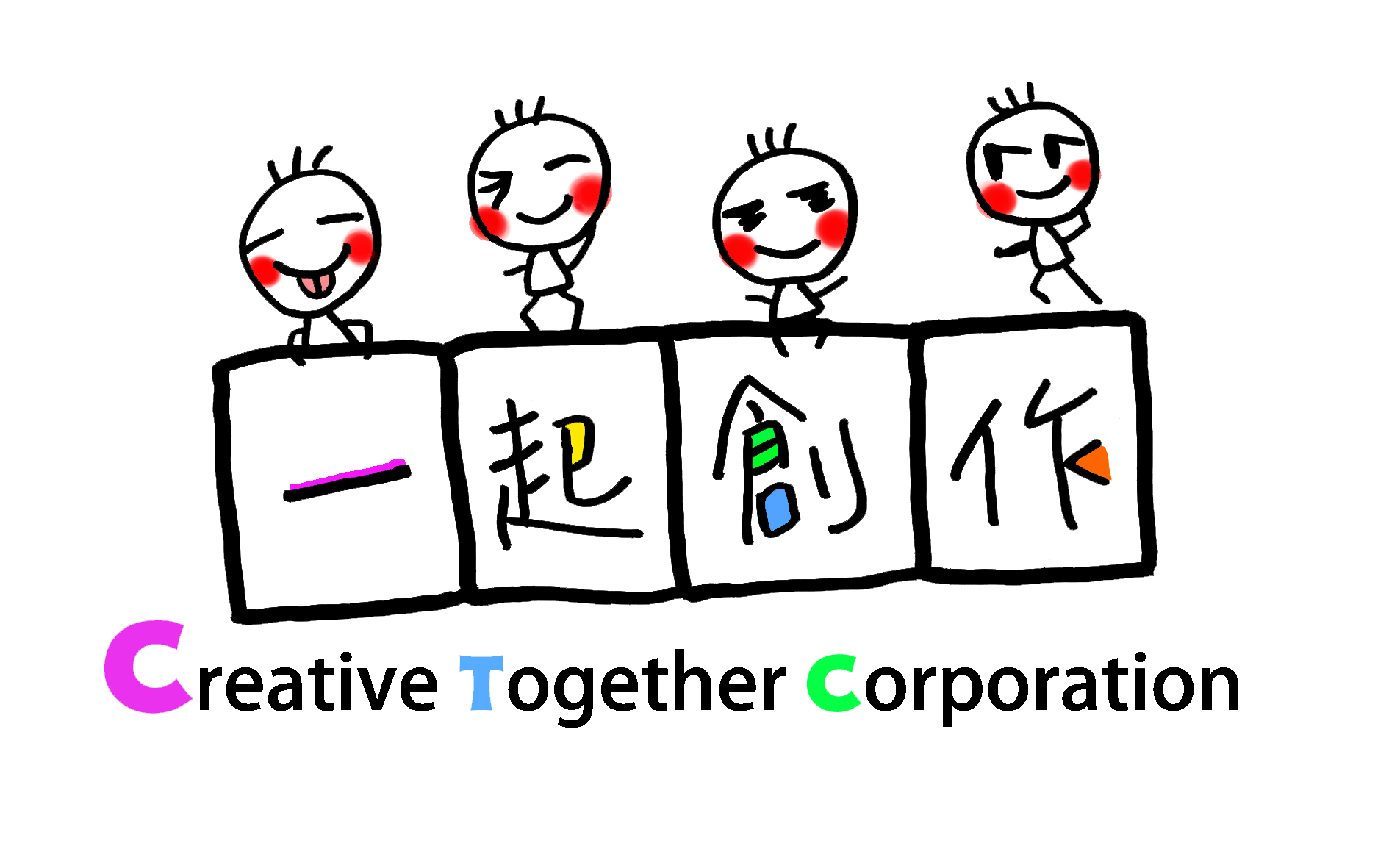Working With Documents
A good system for capturing and storing information is crucial when working with documents. It could be a physical scanner that digitizes documents made of paper, or software programs that create and store electronic files.
A document can be filled with any type of information and may take on a variety of formats. It can be highly organized like lists or tabular documents forms, scientific charts, or forms, semi-structured such as newspapers or books or unstructured like notes or letters.
Most documents, especially documents created in an organizational or other professional settings must adhere to a particular set of standards and conventions that are generally accepted across the company. This helps ensure consistency and transparency in the workflows of the company and the documentation system.
When creating a document, it is crucial to keep in mind that the document is likely be read by people who may not have all of the same experience or knowledge as you do. It is essential to contextualize what is validation and why is it important events and provide as much information as you can to avoid misinterpretations or misconceptions of the information in the document.
Another important thing to keep in mind when working on documents is to be as transparent as possible. When you’re documenting an incident at work or writing an employee performance review, it is important to record the events in an objective and unbiased way. Making sure you are honest and refrain from making discriminatory statements in your records will help you build trust among those who review your documents.
